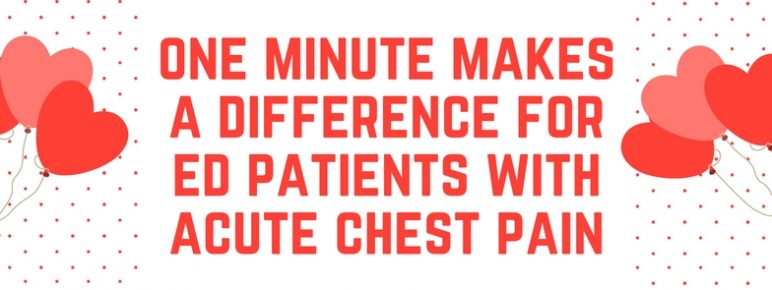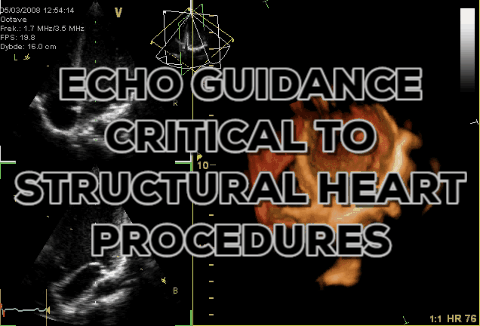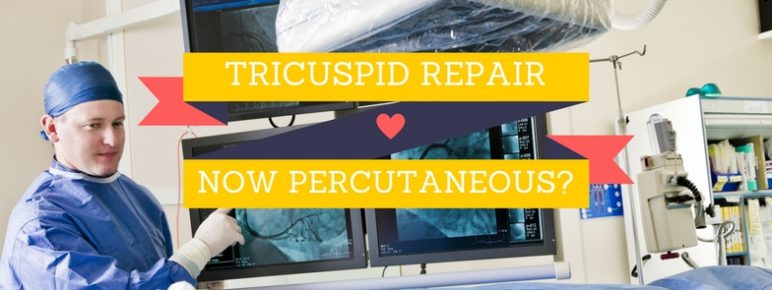Additional cardiac imaging often unnecessary
Last week, Mayo Clinic researchers showed that using a shared decision-making aid to involve more patients in care decisions can prevent both unnecessary hospitalization and more advanced cardiac tests for patients with low-risk chest pain.
The "Chest Pain Choice" shared decision-making aid is one of the latest evidence-based practices built on high-sensitivity troponin rule-out of acute coronary syndrome for ED patients reporting acute chest pain. After the one-hour test, an additional "one minute" discussion to educate patients about their risk and reach a shared decision can prevent further unnecessary and costly testing.
ACVP Blog has discussed decision-making for acute chest pain before, suggesting that the fact the cardiac biomarker test can safely and accurately rule-out acute coronary syndrome within one hour "challenges [the] need" for commonly-used noninvasive imaging prior to patient discharge.
Continue reading One Minute, Shared Decision-Making Aid Reduces Unnecessary Hospitalization



